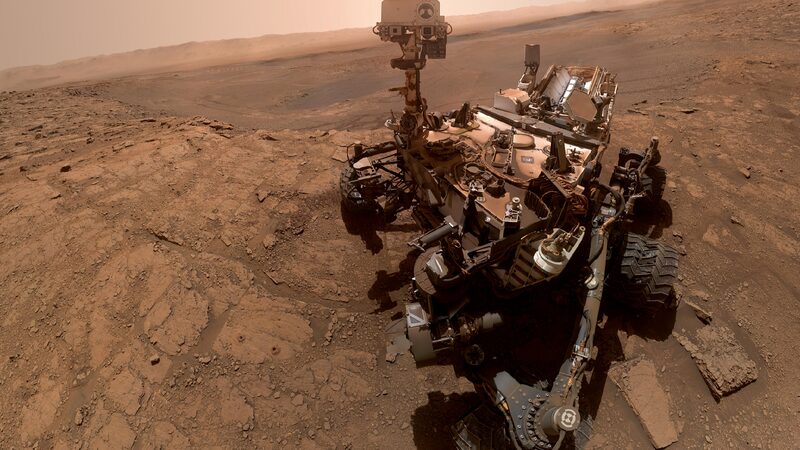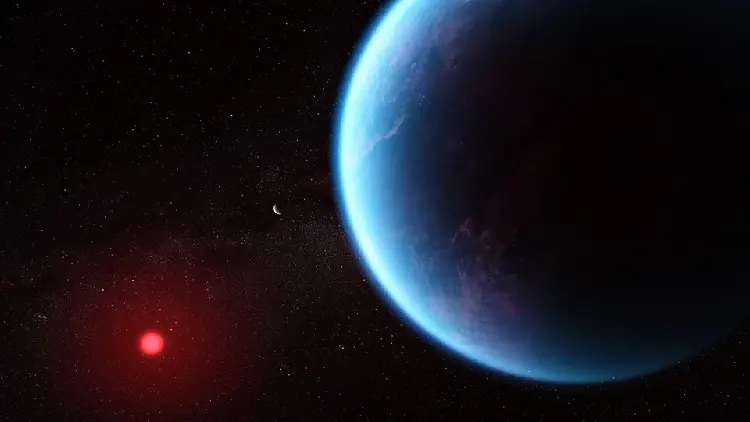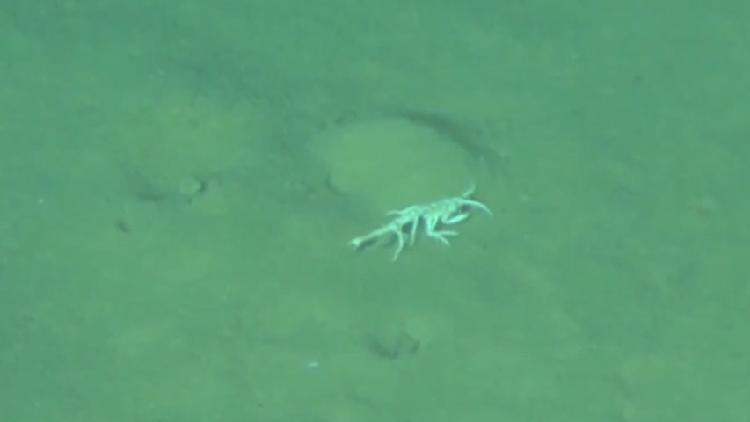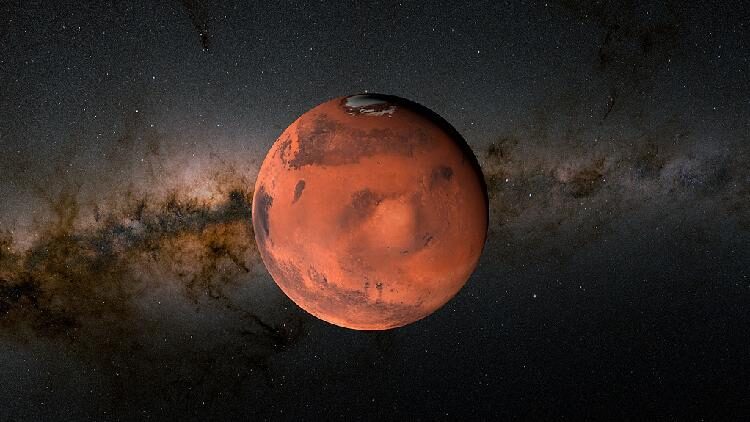NASA’s Curiosity rover has made a groundbreaking discovery by detecting the largest organic molecules ever found on Mars, offering new insights into the Red Planet’s potential to support life.
The rover analyzed pulverized rock samples using its onboard Sample Analysis at Mars (SAM) mini-laboratory. In these samples, scientists identified organic molecules such as decane, undecane, and dodecane, which contain 10, 11, and 12 carbon atoms respectively.
These complex compounds are considered fragments of fatty acids, essential organic molecules on Earth that play a crucial role as chemical building blocks of life.
“Finding these larger organic molecules is a significant step forward in understanding the Martian environment,” said Dr. Jane Smith, a planetary scientist involved in the mission. “It suggests that prebiotic chemistry may have progressed further on Mars than we previously thought.”
While Curiosity had earlier detected simpler organic molecules, this new discovery marks the first evidence that Mars’ organic chemistry might have reached a level of complexity necessary for the potential origin of life.
Launched on November 26, 2011, the Curiosity rover has been exploring Mars since its landing on August 5, 2012. Its ongoing mission continues to uncover clues about the planet’s past, including its habitability and geological history.
The findings were published in the Proceedings of the National Academy of Sciences, sparking excitement in the scientific community about what this could mean for future explorations.
Reference(s):
NASA's Curiosity rover finds largest organic molecules on Mars
cgtn.com








